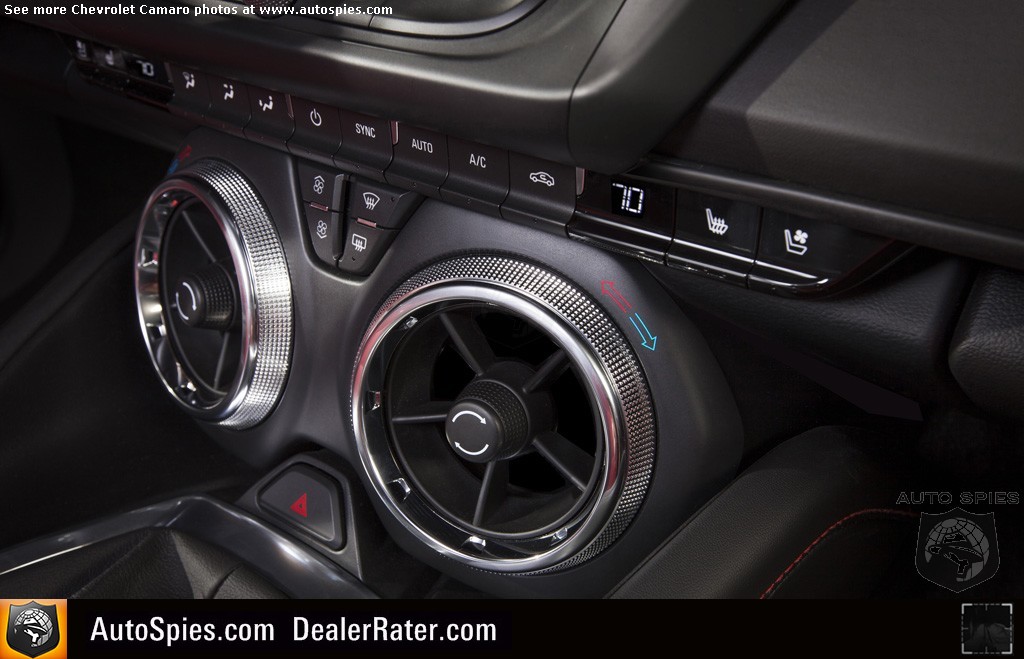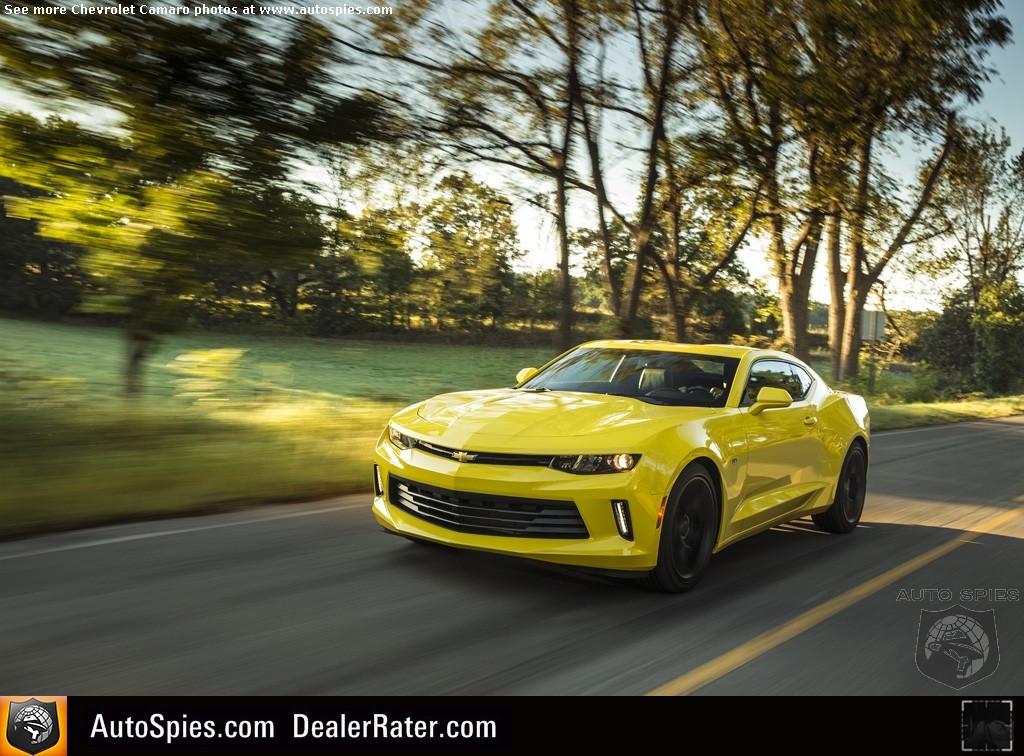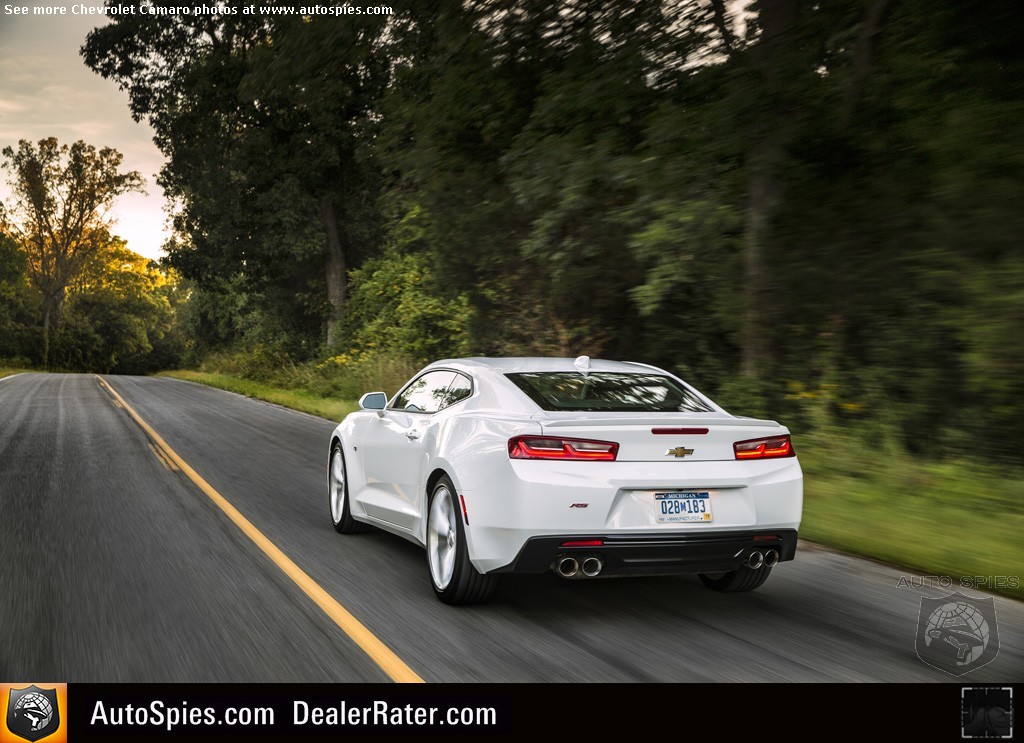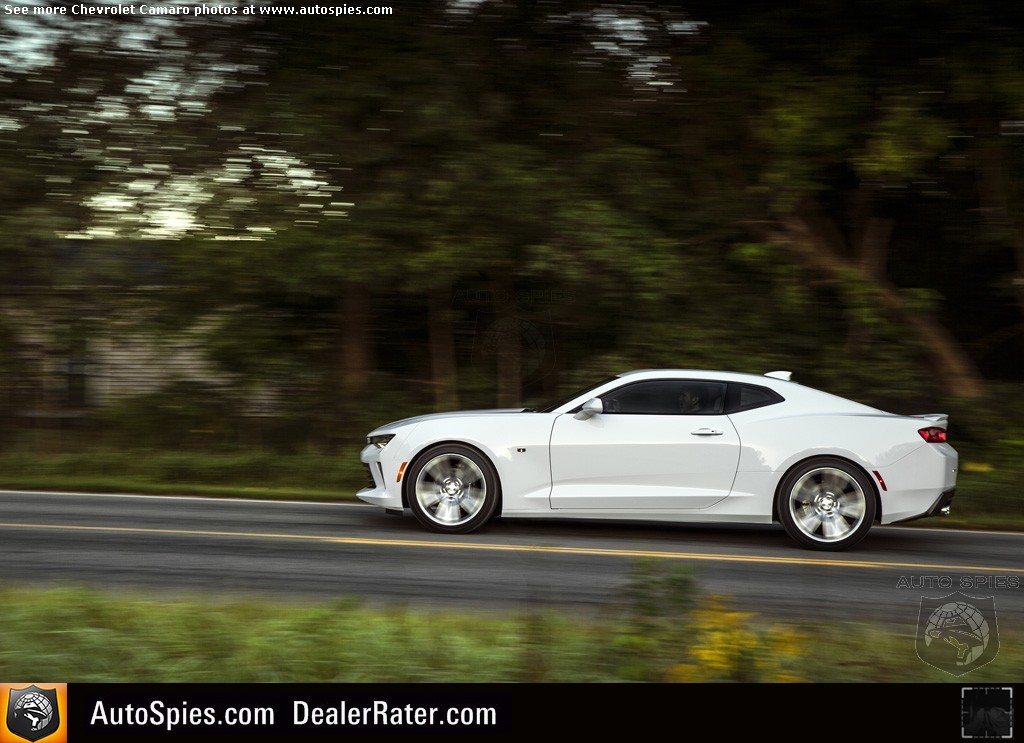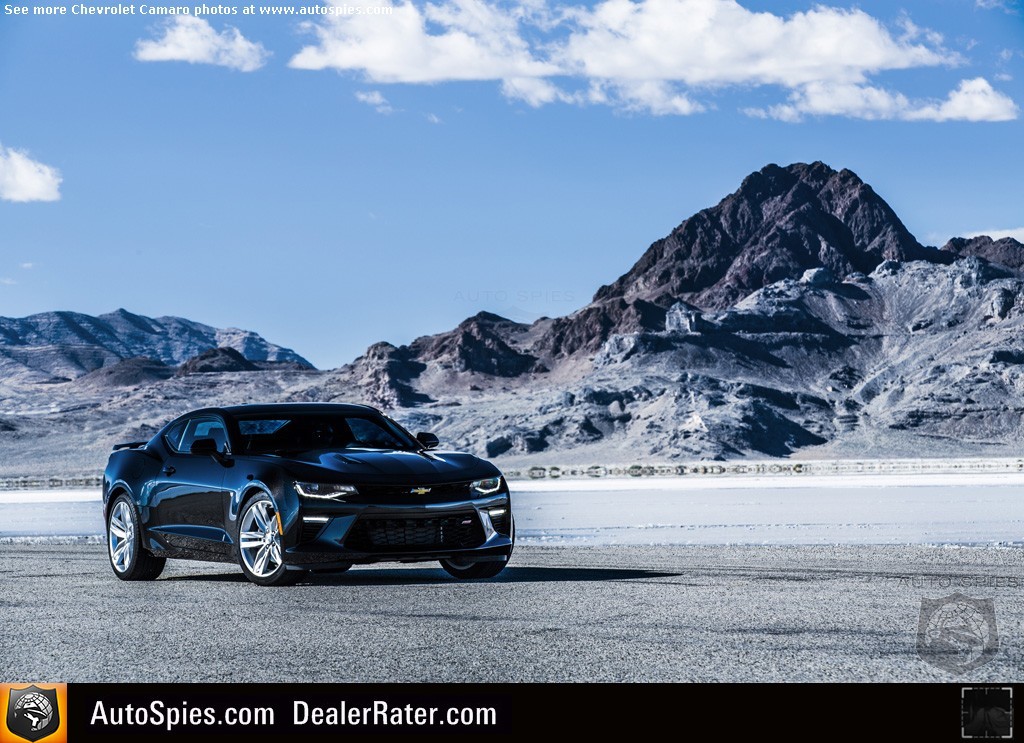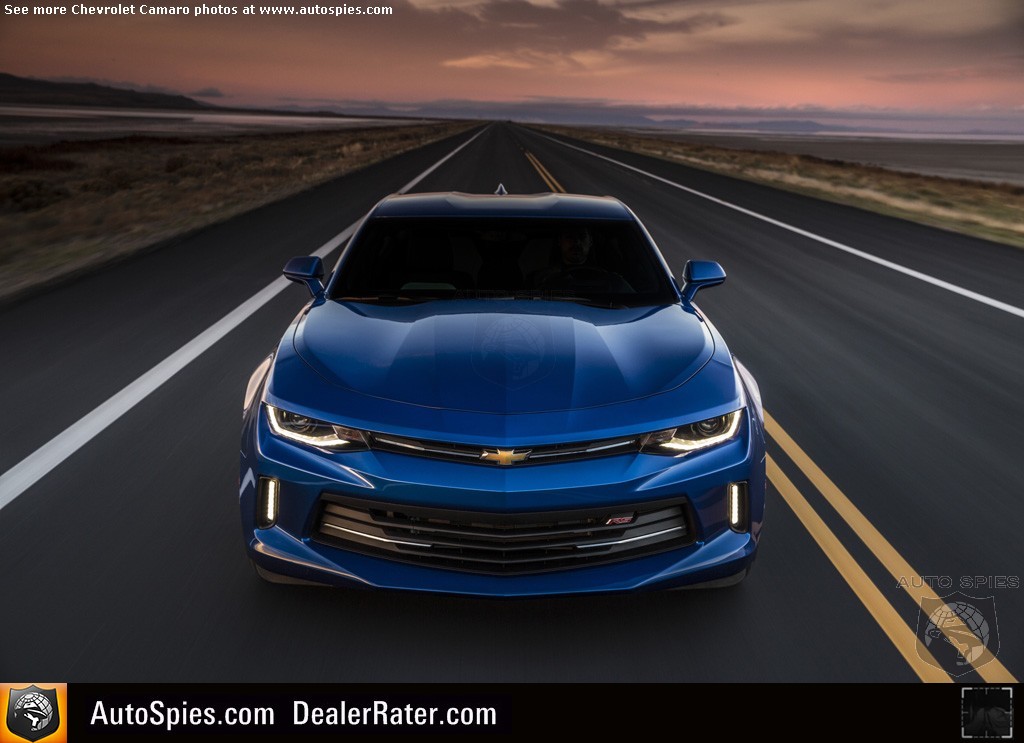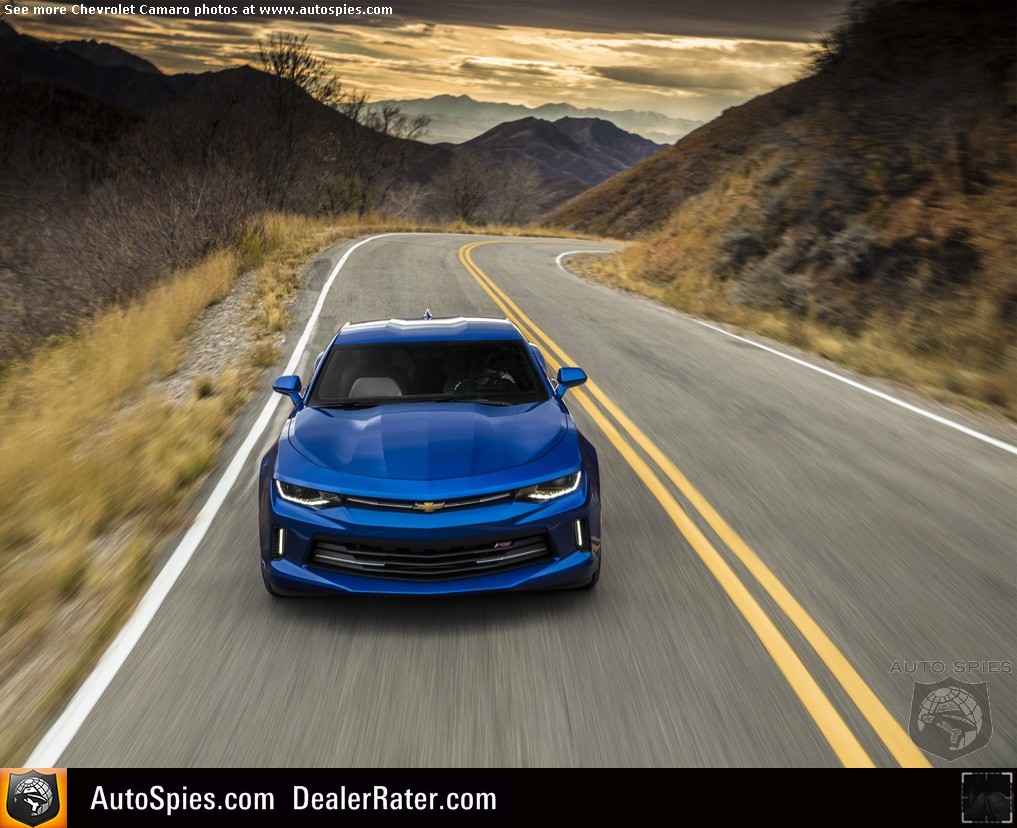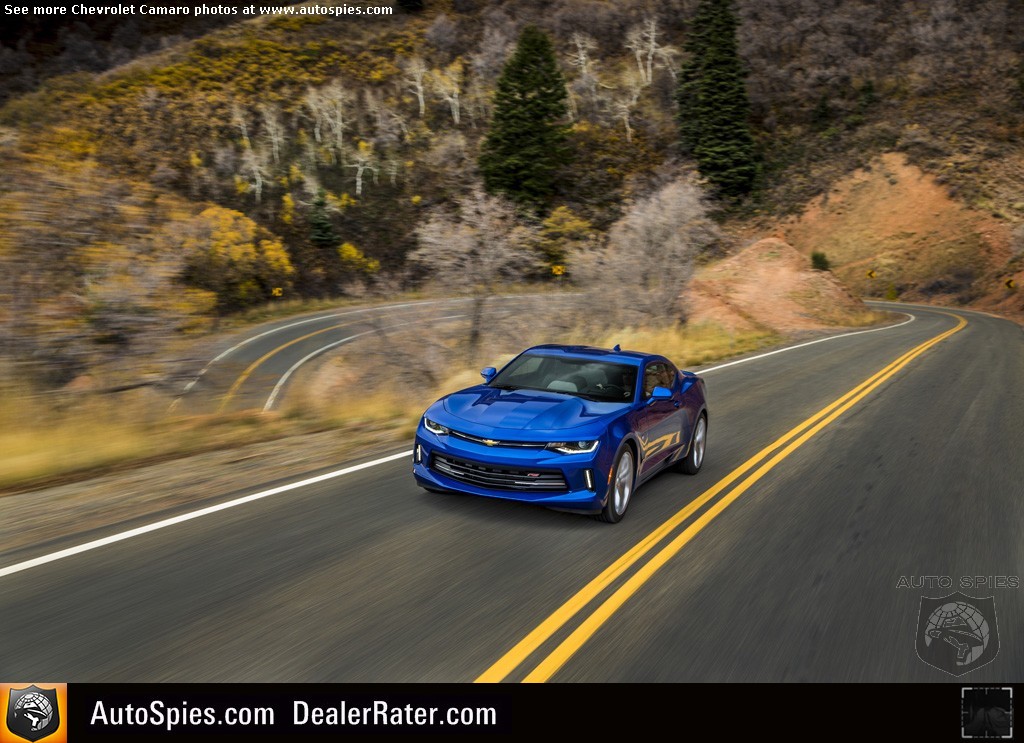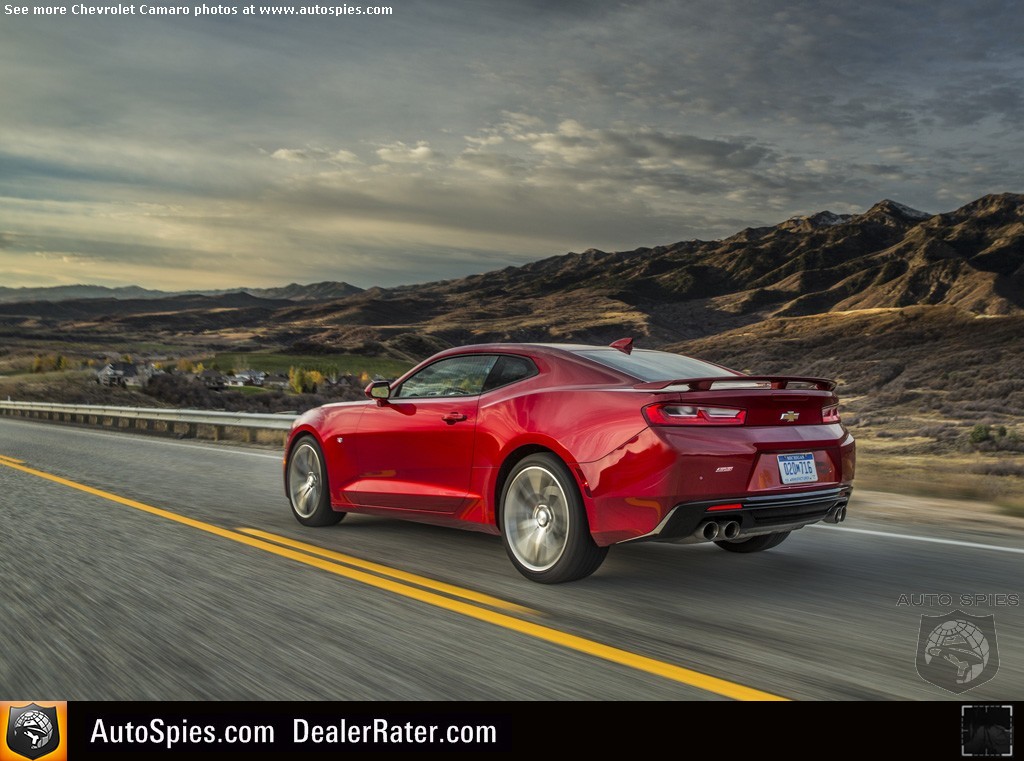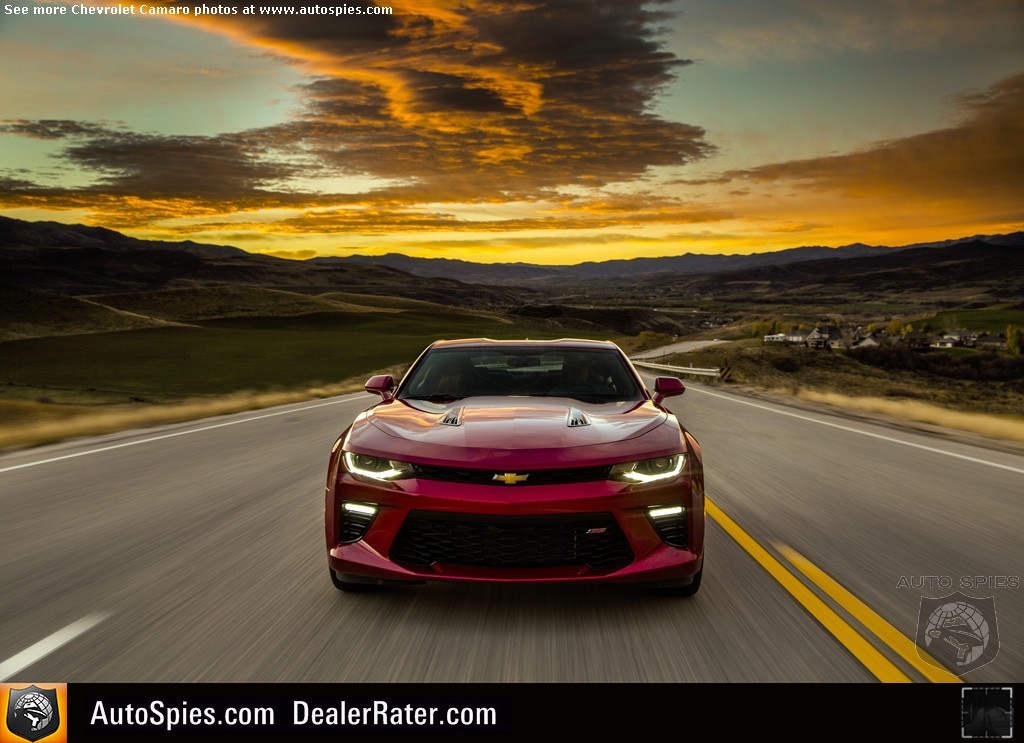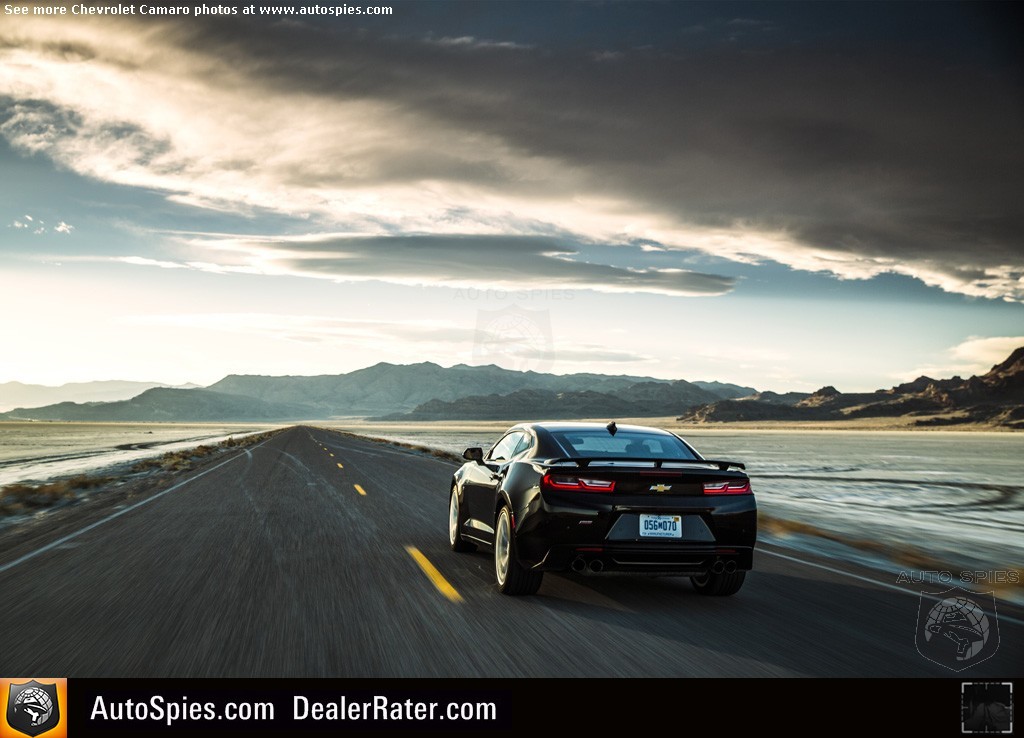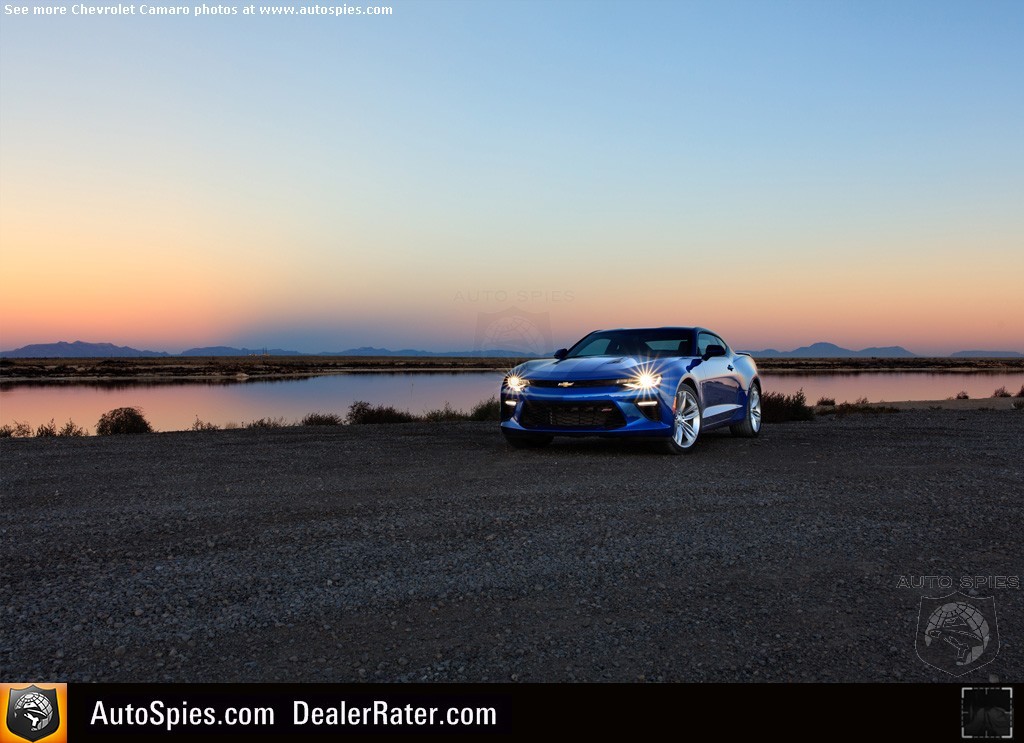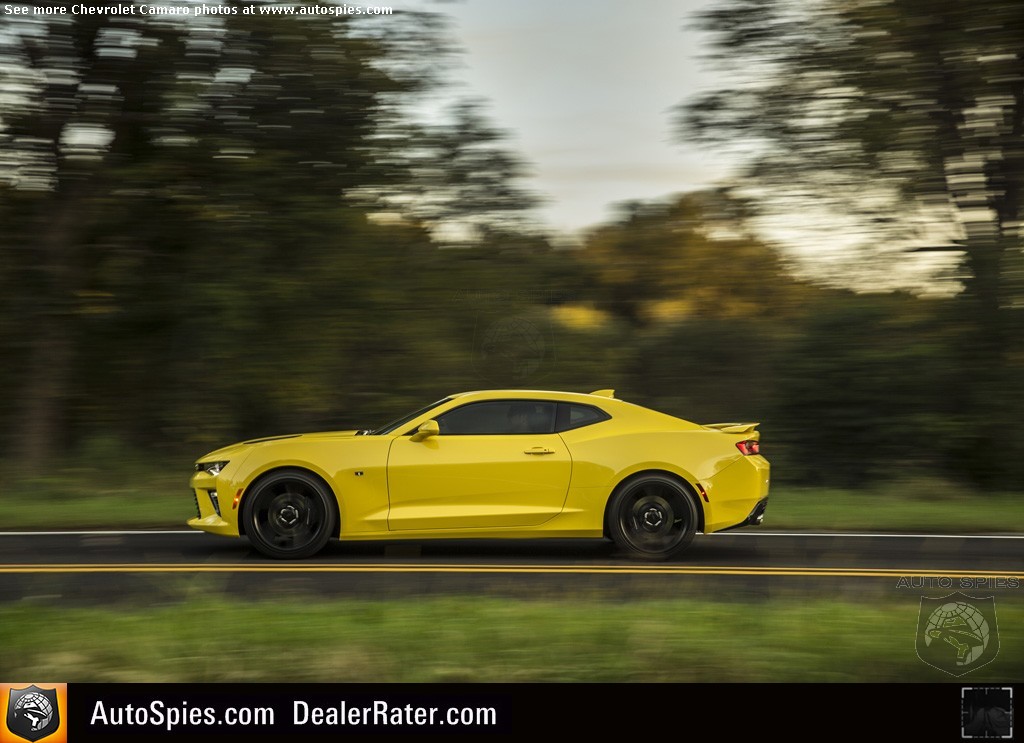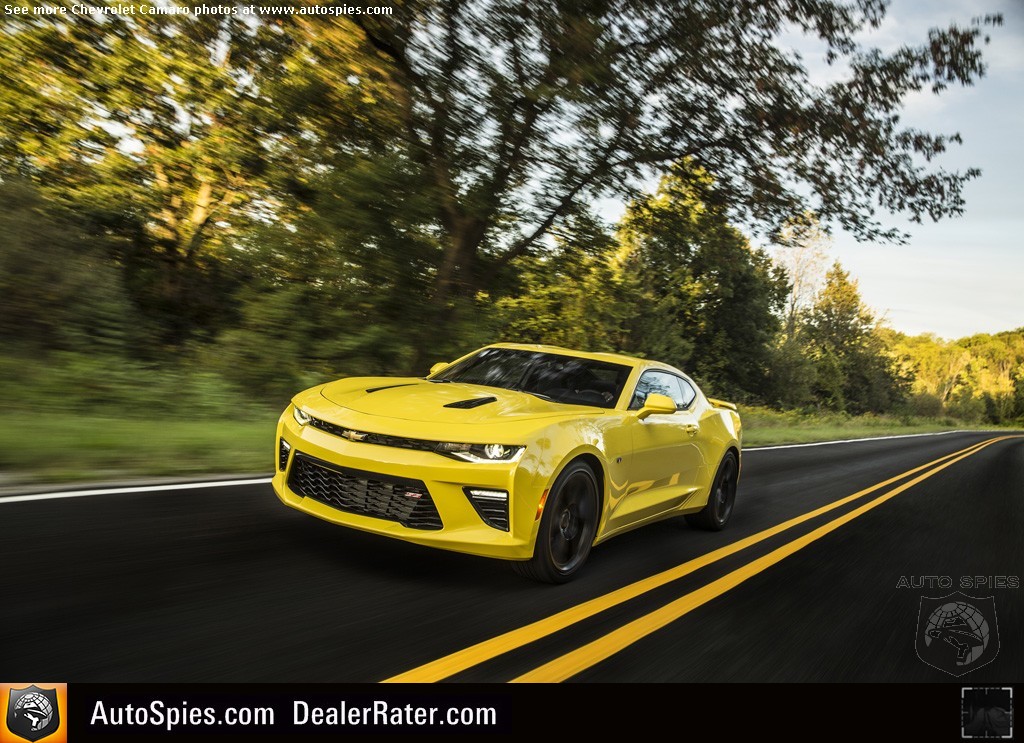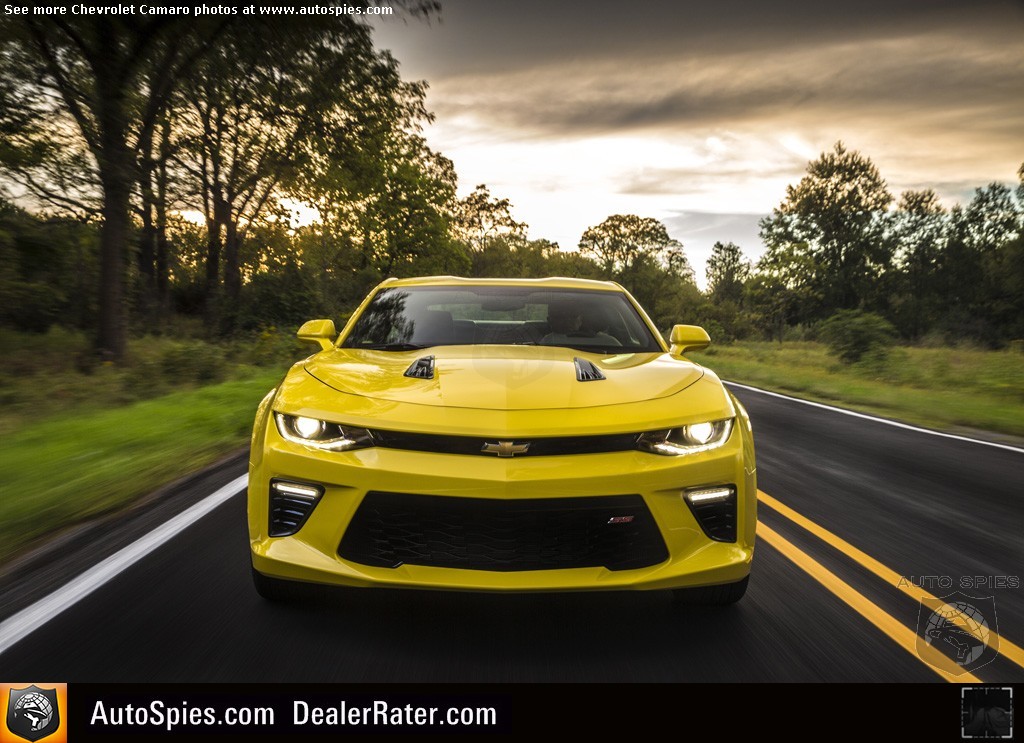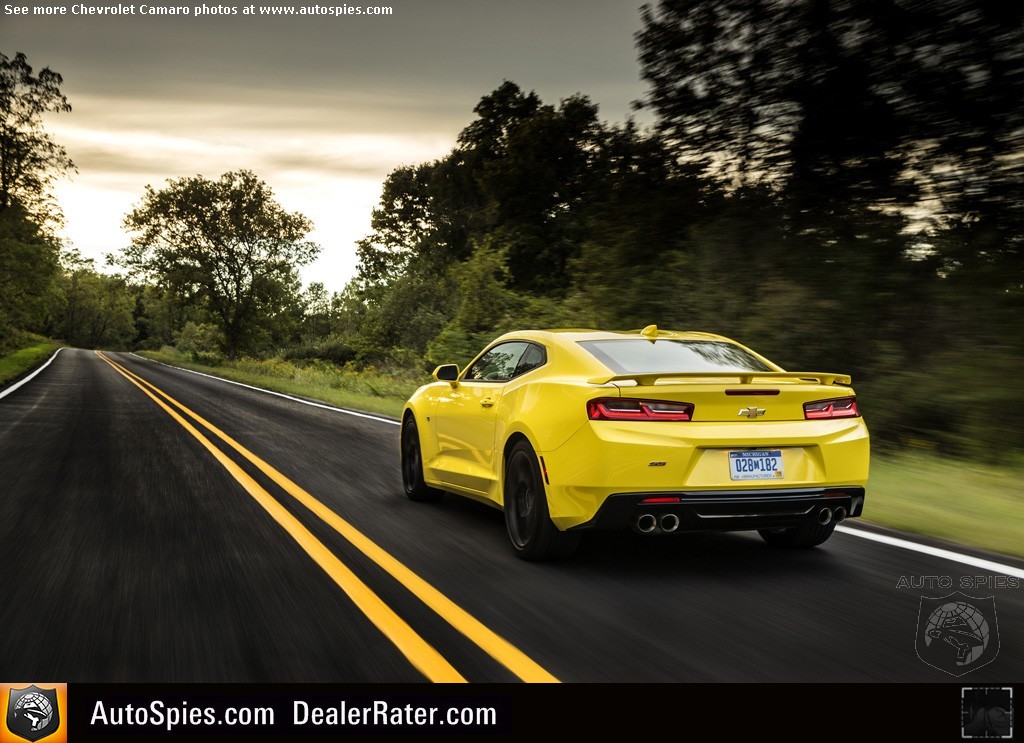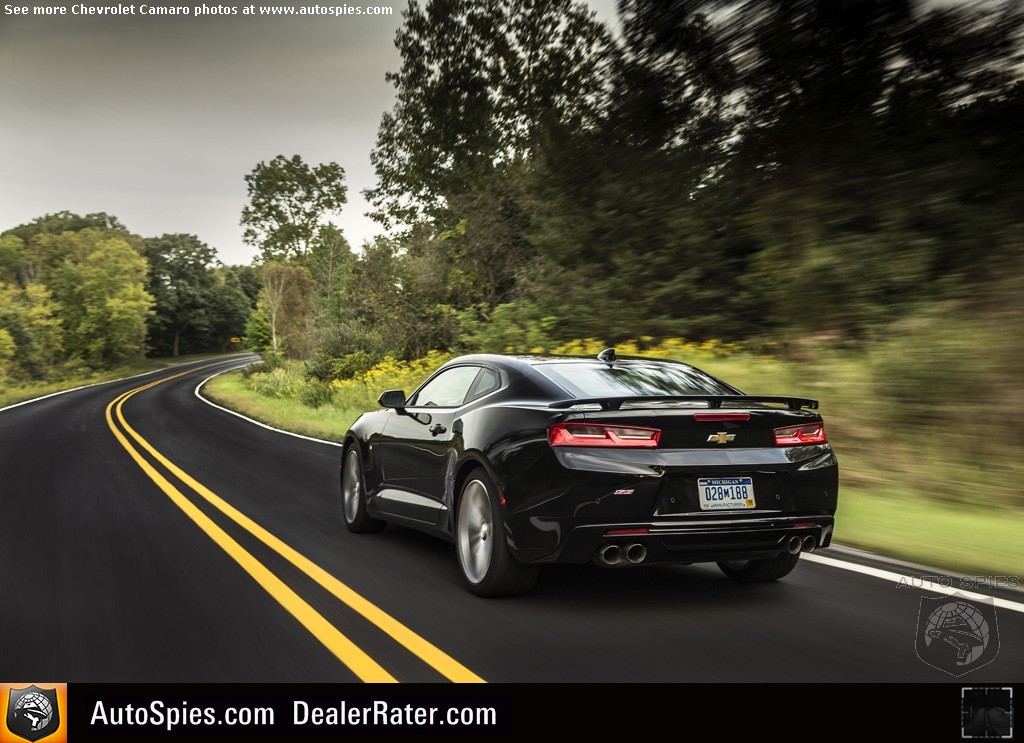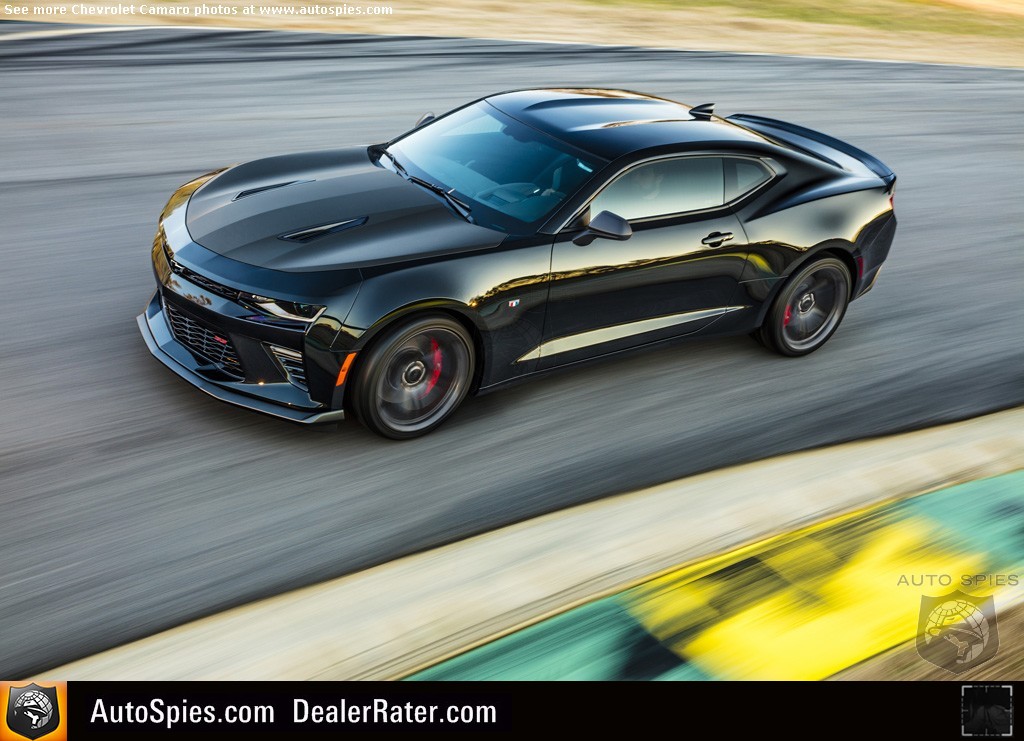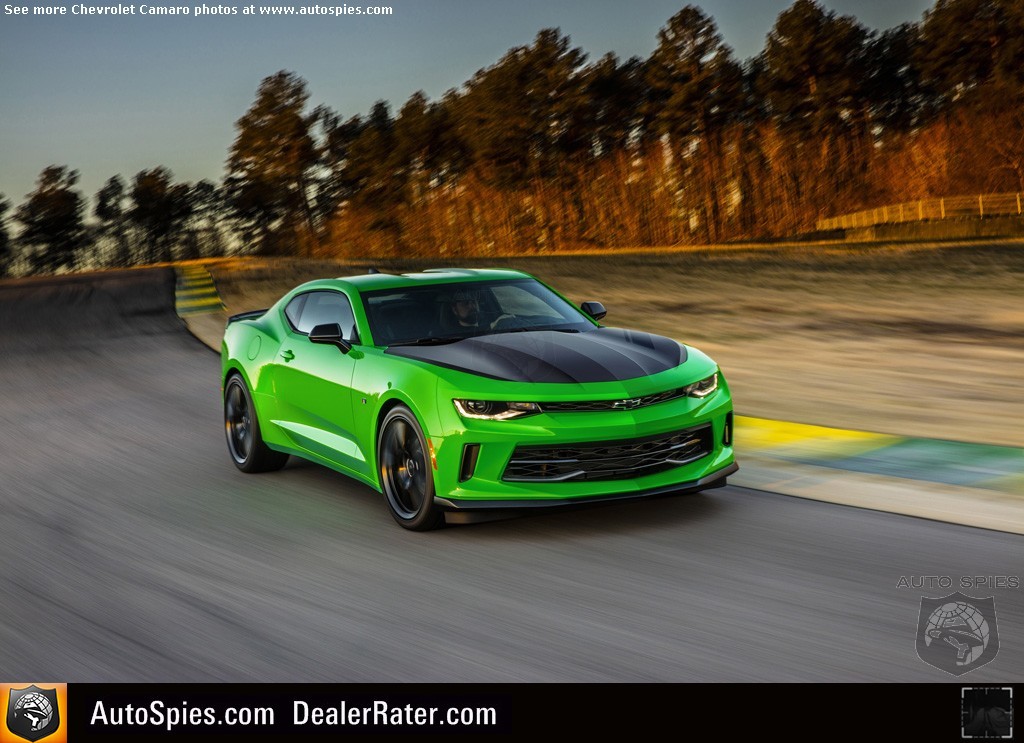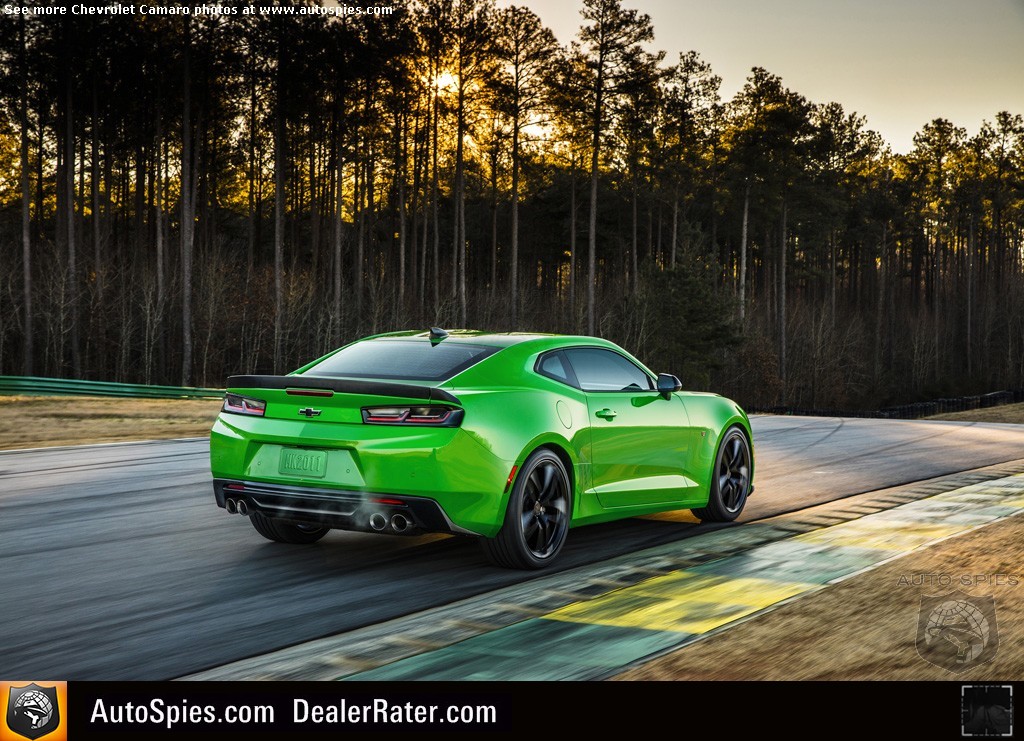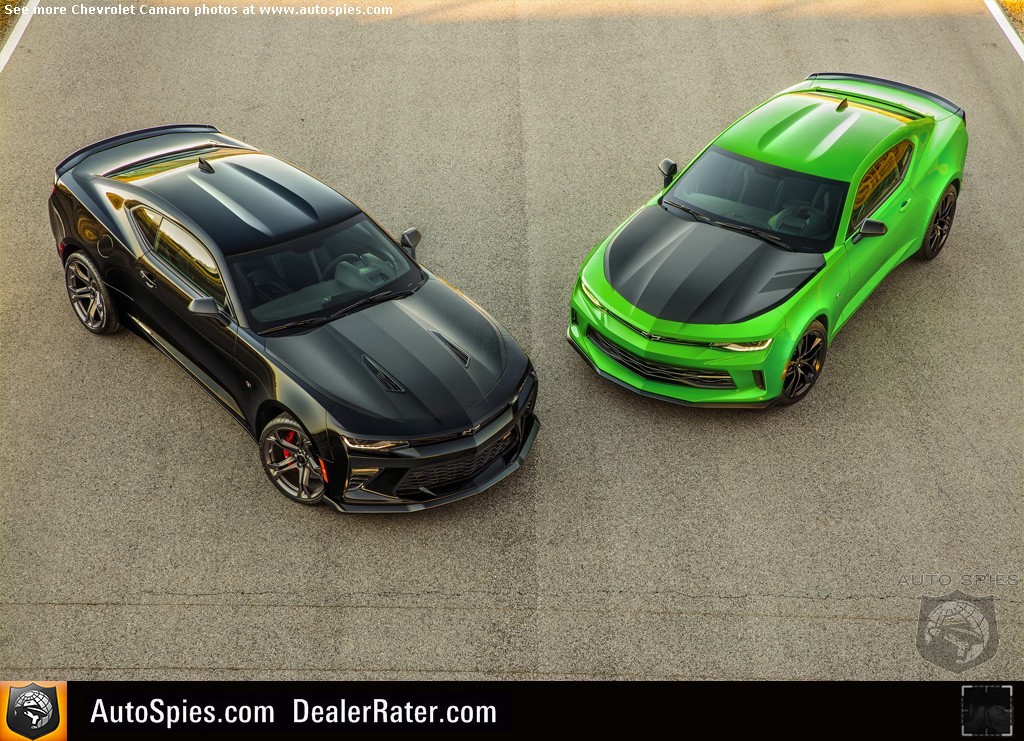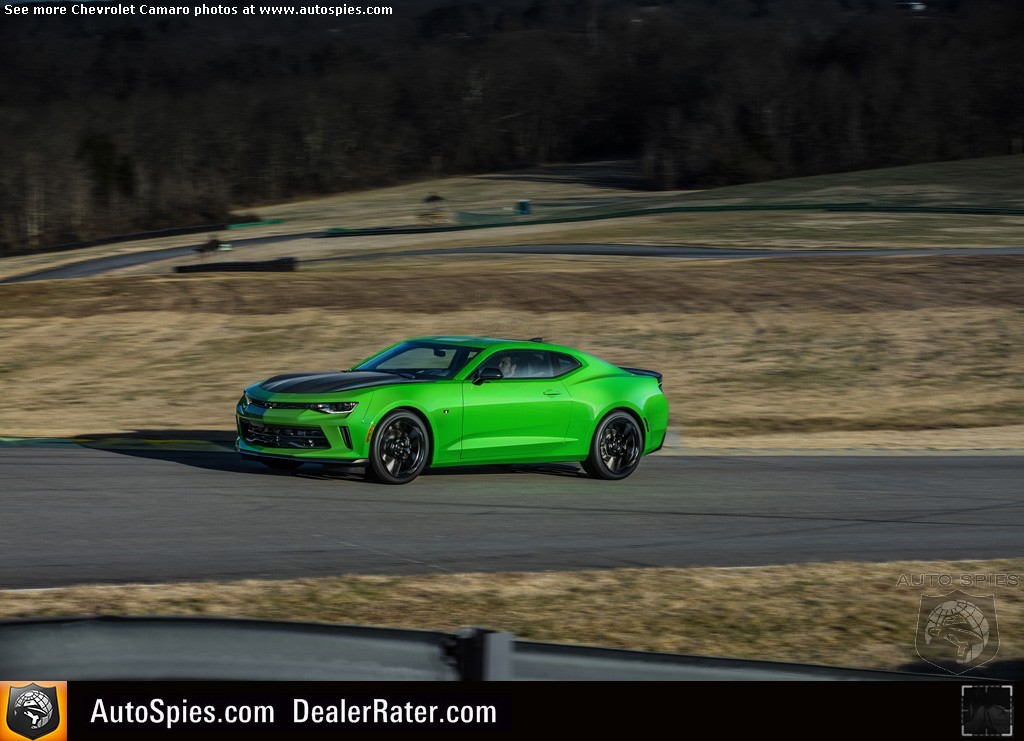Although it seemed like the whole retro design trend was dying off there for a minute, the reality is that it's back in fashion. Hell, even today's women are wearing mom jeans. You just never know what's around the corner when it comes to the latest, cutting-edge design.
One thing is certain though: Design is cyclical and certain things will come back to life. Take, for example, acid wash — and I think it's safe to say that most never thought it would see the light of day again. Go down to Brooklyn's über hip Williamsburg though and you'll see they can't get enough of the stuff in addition to their Duck Dynasty beards.
So, it should come as no surprise that General Motors' Chevrolet decided to keep in line with the last-generation Camaro. In its latest installment, the sixth generation, the Camaro is all-new; however, only those that note fine details will catch on to this.
Chevrolet Camaro
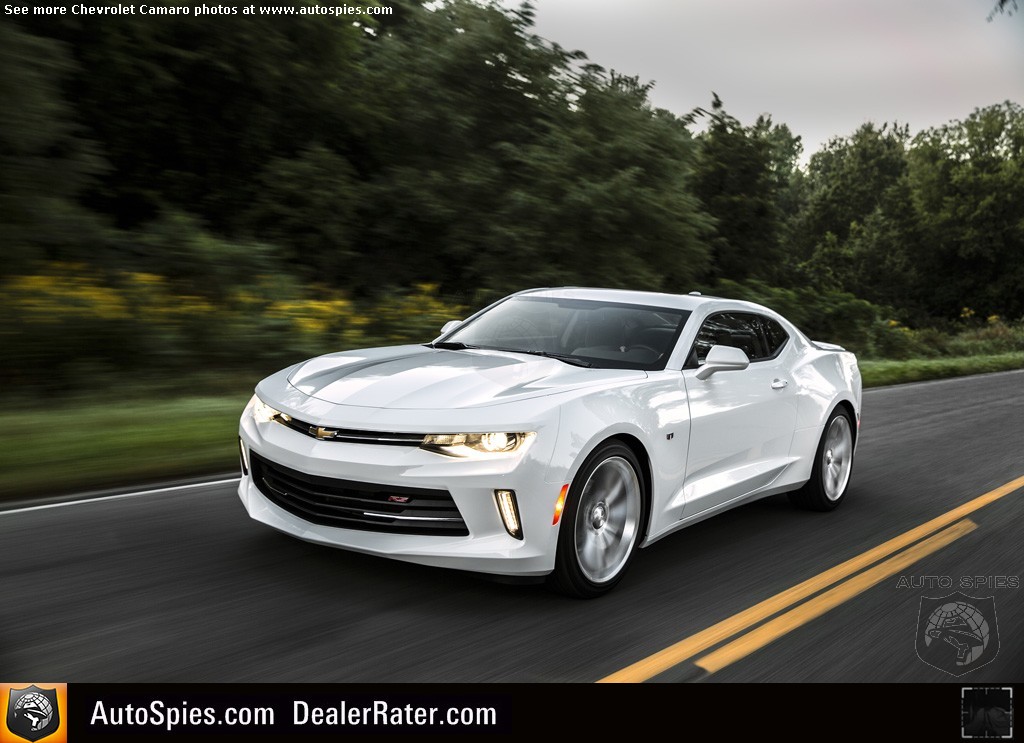

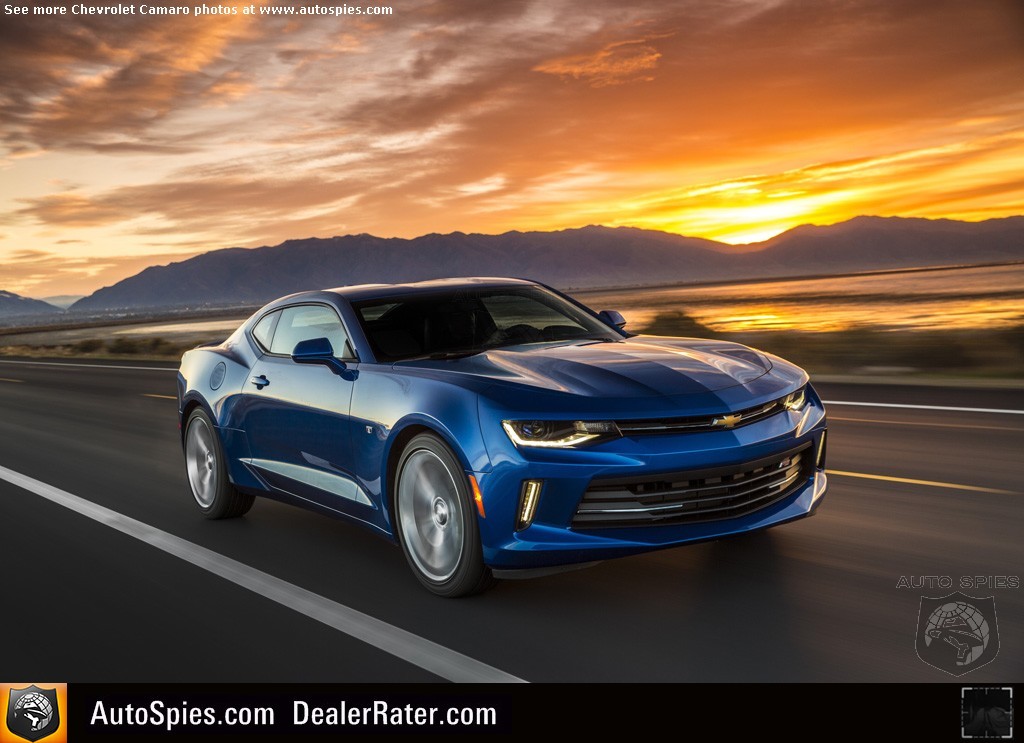

From the outside, it is largely the same with its high belt line, prominent hips and chop top-like roofline. What the observant will note; however, is that every panel seems to be all new and unique to this generation product. The headlights and taillights are modified with the latest technology, and if I am honest I have to say that I like the work Chevrolet's design squad has put in here.
While it's clearly an evolution, it's a much sharper looking product and it lacks the rather cartoon-y look that started to become rather in your face towards the fifth-generation Camaro's decline. When I see a fifth-generation Camaro I tend to think of Pokemon.
Once you open the door to the all-new Camaro, you'll note that its interior has been completely revised as well. This is the biggest change from the last-gen car. Getting more comfortable behind the three-spoke steering wheel, it's clear that the company has decided to move away from a more retro styled interior. Gone are the obscene gauges found in the last car's center console, which is now replaced by the wide center stack. This is where the vehicle's HVAC controls live and you'll find two awkwardly placed vents that are low down on the center stack. An interesting touch is how you adjust the interior temperature: You rotate the HVAC vent's ring clockwise or counterclockwise.
Overall, the cockpit is an improvement, but it is not without fault. The dashboard's long expanse of plastic is seemingly flimsy and hollow, and the driver's seat really requires a lot of attention to find the "right" position. One adjustment this way or that way and you'll be in a world of pain — literally. I found that out one long commute into Manhattan. For some reason the interior design team fitted the infotainment screen in the center stack with a peculiar tilt. It's like a laptop that's closing. At first it is painfully annoying but after my week with each Camaro it didn't bother me in the least. The door cards SCREAM cheap with awful plastics and exceedingly flimsy door handles, but this isn't much of a surprise as the ATS-V suffers from a lacking attention to detail. If a Cadillac's door feels out of place I doubt GM would think to up the ante with one of its Chevrolet products.
As expected in the Camaro, outward visibility takes getting use to. When I drove a fifth-generation Camaro I equated it to a pillbox. It is still the same feeling, but as I noted last go around: If you set your mirrors correctly it really isn't that bad. Seriously. I've driven plenty of other sports cars and exotics that have far worse visibility; however, if you're alert and setup your mirrors in the right way there is nothing to be concerned about.
There is a strong positive on the inside though. The vehicle's infotainment system has really progressed from the software the fifth-gen Camaro was using. Now it's easy to navigate and get around the various menus to set up your phone, program the navigation unit and get traffic information.
But at this point, I think you're probably more concerned with how it drives. And that's where this muscle car may shock you. That's because it feels more mature than its two competitors on the market, which are the Dodge Challenger and Ford Mustang.
Having driven both the V6 and V8 variants, I will give you my takeaway with both engines. The naturally aspirated six-cylinder produces a healthy 335 horsepower and 284 lb.-ft. of torque. My tester was equipped with a six-speed manual gearbox and the performance exhaust — a nice addition if I do say so myself. Zero to 60 happens in 5.2 seconds, which is important if you want to drag race from red light to red light. I don't. What you may find impressive though is how this vehicle sounds with the performance exhaust. Rather than drone on like many American sixes, it's clear that the engineering team spent some time refining its note. Because I am a hooligan I made sure the exhaust was "open" the entire time. When you really crank it up the sixes' note reminds me a bit of the Jaguar F-Type — that's pretty high praise.
Because the Camaro V6 weighs in at approximately 3,400 pounds, the 300+ horsepower feels adequate but it's not going to blow your doors off. Would it be more fun with additional power, sure, but it is quick enough to get you in trouble as you row through the gears.
Stepping into the SS model, well, that's like taking a pill that starts to work very quickly. The burly V8 makes an impressive 455 horsepower and 455 lb.-ft. of torque. As any self-respecting driver would do, it too was fitted with a six-speed do-it-yourself gearbox and the performance exhaust. Zero to 60 in the SS takes a rather scant 4.3 seconds. In the muscle car world the SS is a leviathan and it has earned its position. While the six feels adequate, the eight is much more likened to a sledgehammer. Speed picks up rapidly and much quicker than I expected. And, well, you've got a lovely eight-cylinder soundtrack that's much louder than I anticipated. While the fifth-gen Camaro was a bit tame in comparison, this all-new sixth-gen car is not making any apologies. That's the way it should be.
Chevrolet Camaro
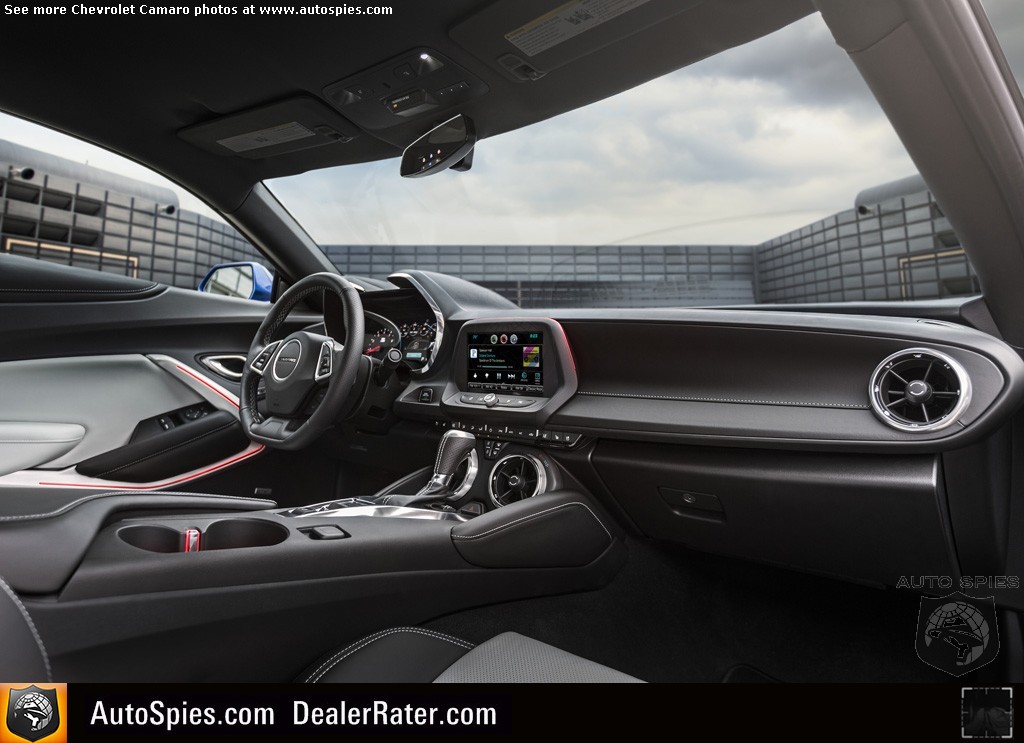

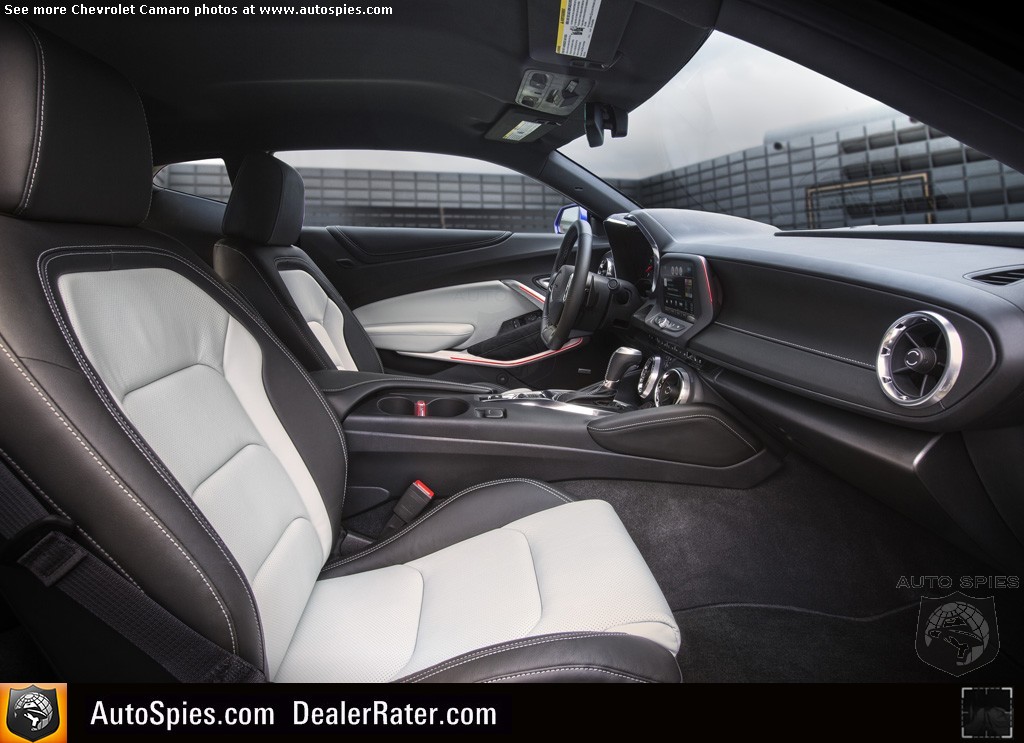
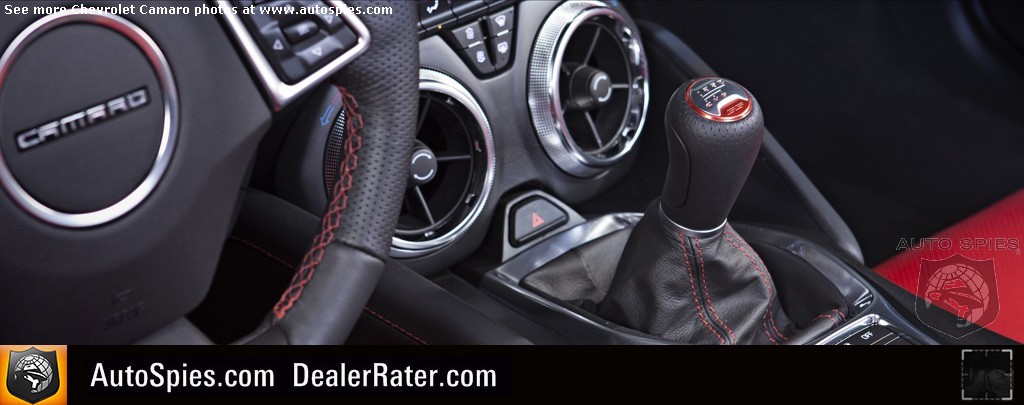
In both the six and the eight I found the clutch pedals to be firm and require only a tiny amount of take up before the transmission hooked up. This is a departure from GM's previous high-performance products that felt like you could be a bit sloppy and get away with it. That's not the case any more. In fact when I hopped into the Camaro SS for the first time I stalled it when I tried to launch. I never stall! After a chuckle I fired it up and gave it the respect it deserves. Clearly, GM is building its vehicles with a greater emphasis in precision. This attitude is reflected in all elements.
Take, for example, the steering rack. Whether you're in Normal mode or Track, it feels lighter and more direct than before. While the last-gen Camaro felt a lot like a lazy cruiser, the new car feels more like it is a sports car. Is it communicative? No, but not many modern vehicles have those types of steering setups these days.
One difficult element to assess was the suspension. That's because the car felt very good on local roads and the highway — not too firm and bouncy, and not too loosey goosey. But, tackling potholes is not this vehicle's strong suit. Even when it was in the most comfortable setting the Camaro took hits and everyone in the vehicle knew it. Is it as bad as the Mustang, no, but this may be an area where the manufacturer looks to improve.
Around corners, the Camaros feel quite capable and put to bed the old-school ways of muscle cars — you know, the whole straight-line speed but garbage in the corners thing. Given their size I was expecting the cars to change direction rather slow and feel a bit untidy. That's not what I experienced. From a performance perspective, I found the handling to be a massive step in the right direction. Honestly, if you bought one of the last model year, last-gen cars I feel sorry for you.
Overall, I found the Camaros feel pretty close to the Cadillac ATS-V Coupe. Considering how much I liked that car — I named it as my favorite pick for 2015 — I think that, more or less, says it all.
If you're even thinking about hopping into a muscle car and want the best driving experience, I think there's no question the all-new Camaro takes the cake. Forget about the EcoBoost Mustang and the V8 for that matter. The Challenger isn't particularly competitive in comparison, unless you're talking about the Hellcat, which is bought solely for bragging rights.
Where things will get interesting is when the all-new ZL1 and GT350 square up. Bring it on, boys!
The Good:
- Excellent motors with even better soundtracks — it's a no brainer, order the Performance Exhaust
- More mature styling that eliminates the rather goofy looking fifth-gen Camaro's elements
- Chevy's infotainment system works great now; however, it does not best FCA's Uconnect, which is still best-in-class among the Detroit Three
The Bad:
- The interior could use some better plastics — don't even get me started on the door cards
- Seating requires you to really work to find the optimal positioning — if you're not careful you may find yourself in a bit of pain
- I still am hesitant about Chevrolet's quality control — the V6 Camaro's tachometer intermittently crapped out on me during my testing period
The Lowdown:
I have to say that generation-to-generation the all-new Camaro is a huge leap forward for Chevrolet. The driving experience is much better with a more sporting drive. Rather than feel like a heavy cruiser it feels more like a sharper sports car that's doing its best ATS-V impression. I can dig that. While the interior could use some work, it's still a mile ahead of the current-gen Ford Mustang and fresher than the Challenger — notwithstanding the infotainment system. GM proves, yet again, that it can do at least one thing right: Build great performance products.
Chevrolet Camaro







